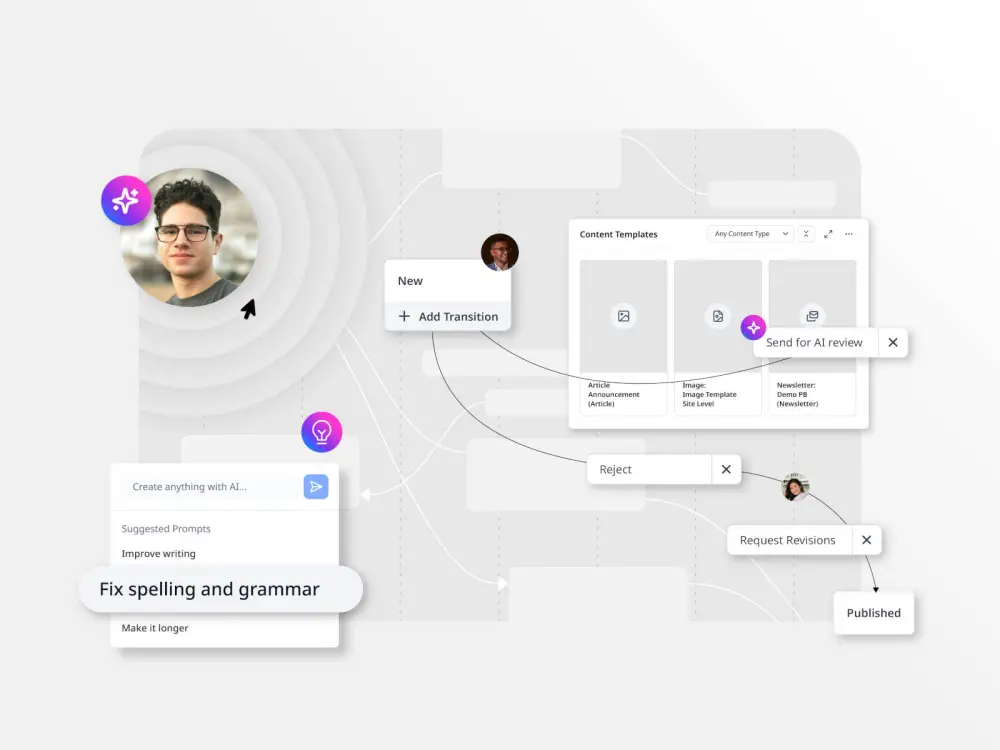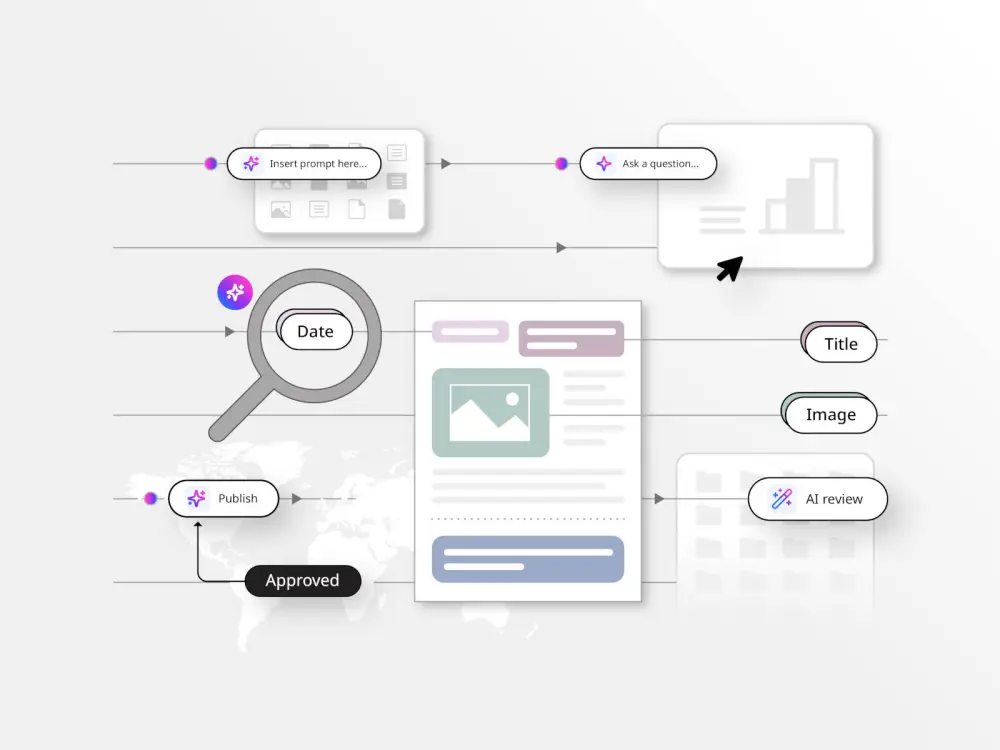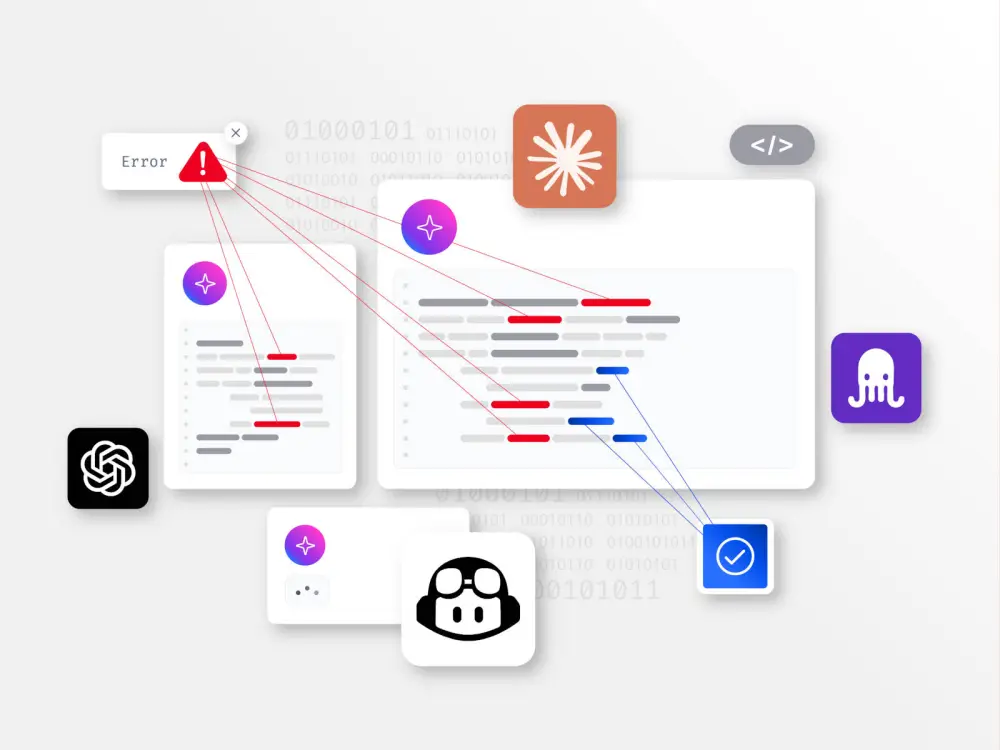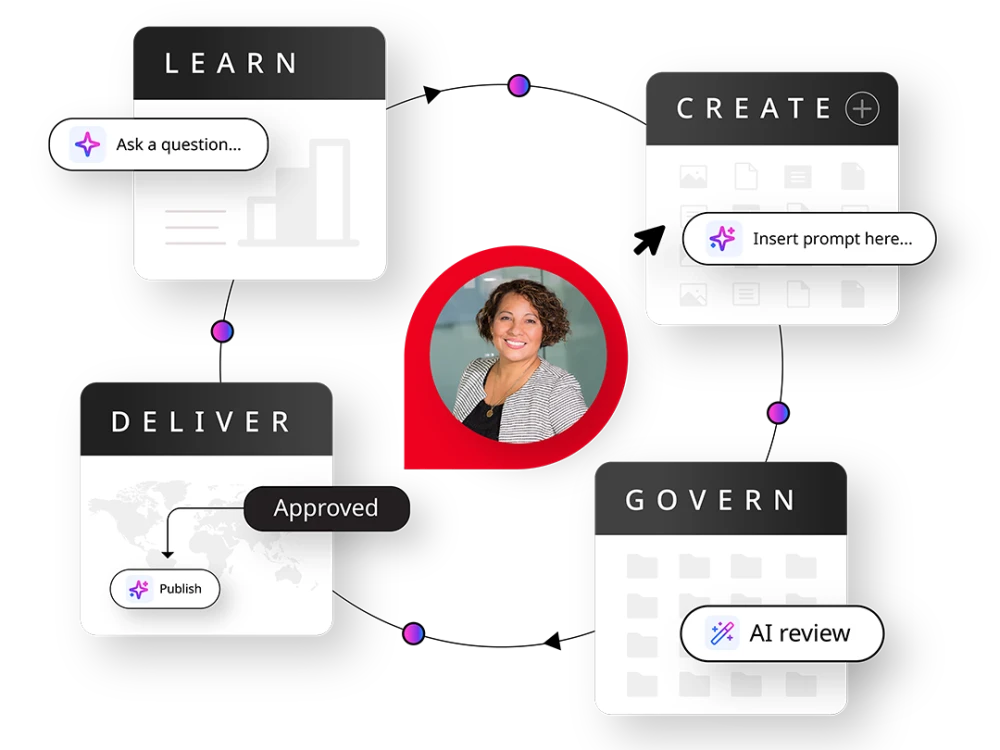Semantic indexation score
Semantic indexation score reflects how well AI models understand and categorize your content within their conceptual framework. It’s not just about being crawled; it’s about being interpreted accurately so your content surfaces in relevant, nuanced answers.
It’s one thing for an AI to crawl your content. It’s another thing entirely for AI to understand it.
That’s where semantic indexation score comes in, a way of thinking about how effectively your content is being interpreted and categorized by language models. Because if AI can’t grasp the core meaning of your content, it’s unlikely to surface it in a relevant response.
And let’s be honest: we’ve all read content that’s technically correct… but contextually confusing. AI models struggle with that, too.
At a high level, it refers to how well your content is represented in a model’s semantic space — the conceptual landscape AI uses to relate ideas, topics and questions. The more clearly your content maps to specific themes or intents, the more likely it is to be:
- Matched to relevant prompts
- Used to answer nuanced questions
- Interpreted as authoritative in its domain
In human terms: it’s not just what you say, it’s how clearly you say it and how well that message connects to related ideas.
- Write like you’re answering a question: Structure each piece of content to clearly solve a problem or explain a topic. If your article could be dropped into a chatbot response with minimal editing, you’re doing it right.
- Use natural language and varied phrasing: Avoid over-optimizing for specific keywords. Instead, include multiple ways of saying the same thing (e.g., “generative AI,” “AI writing tools,” “LLMs”) so the model can map your content to different search intents.
- Add structured, skimmable sections: Use headings, lists, callouts and consistent formatting to break up ideas. The cleaner your structure, the easier it is for AI to parse meaning across sections.
- Cross-link contextually relevant content: Internally link related articles, FAQs and guides to give LLMs a clearer map of your domain expertise.
Semantic indexation is the difference between being found for your keywords and being found for the full range of user intent that surrounds your brand or product.
If AI doesn’t understand your content’s deeper context, it’s not going to trust it to answer a question, no matter how great your SEO is.
To infer how well your content is semantically indexed, use prompts that check if your themes or ideas are reflected in AI responses. Try:
- “Explain the key challenges in [topic] and how companies like [brand] address them.”
- “What are the main components of [concept] as discussed by industry experts?”
- “Summarize best practices for [use case] from trusted providers.”
- “Describe [brand]’s approach to [technical topic or framework].”
Track data on prompt responses and indexation clues over time. Ultimately this data will help you:
- Spot weaknesses in content clarity or topic mapping
- Compare how different LLMs interpret the same concept
- Track improvements in response alignment as you refine structure and language of your content





